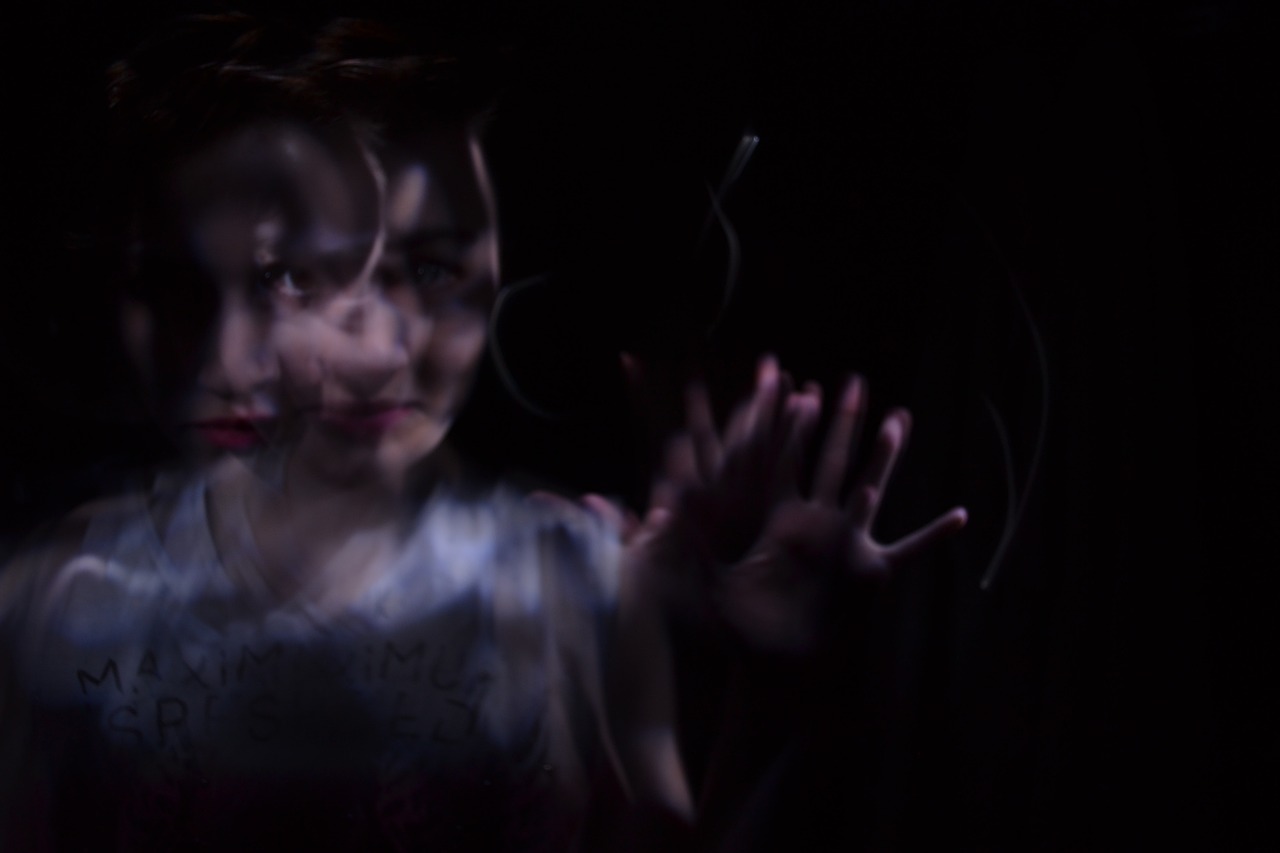A Comprehensive Guide to Bipolar Disorder: Symptoms, Causes, and Effective Treatments
Bipolar disorder is a multifaceted and frequently misunderstood mental health condition that impacts millions of individuals globally. It is characterized by extreme mood swings that include emotional highs (mania or hypomania) and lows (depression). Understanding this disorder is crucial for effective management and treatment. This comprehensive guide will delve into the symptoms, causes, and treatment options for bipolar disorder, providing valuable insights for those affected and their loved ones.
What is Bipolar Disorder?
Bipolar disorder, formerly known as manic-depressive illness, is a mental health condition marked by significant mood changes. These changes can range from periods of intense elation and high energy (manic episodes) to episodes of severe depression. The disorder is divided into several types based on the pattern and severity of mood swings.
Types of Bipolar Disorder
- Bipolar I Disorder: Characterized by at least one manic episode, which may be preceded or followed by hypomanic or major depressive episodes. Manic episodes are severe and can significantly impact daily functioning.
- Bipolar II Disorder: Involves at least one major depressive episode and one hypomanic episode, but no full-blown manic episodes. The hypomanic episodes are less severe than manic episodes.
- Cyclothymic Disorder (Cyclothymia): Features chronic fluctuating mood disturbances involving numerous periods of hypomanic symptoms and periods of depressive symptoms that are not severe enough to meet the criteria for major depressive episodes.
Prevalence and Demographics
Bipolar disorder affects approximately 2.8% of adults in the United States each year, with similar prevalence rates worldwide. It typically develops in late adolescence or early adulthood, though it can also appear in childhood or later in life. Both men and women are equally affected by bipolar disorder.
Symptoms of Bipolar Disorder
Bipolar disorder symptoms can vary widely from person to person. The primary symptoms are manic, hypomanic, and depressive episodes.
Manic Symptoms
- Elevated Mood and Energy: Individuals may feel euphoric, excessively cheerful, or unusually irritable.
- Overconfidence or Grandiosity: An inflated sense of self-esteem and unrealistic beliefs in one’s abilities.
- Decreased Need for Sleep: Feeling rested after only a few hours of sleep.
- Talkativeness and Racing Thoughts: Speaking rapidly, often jumping from one topic to another.
- Impulsive and Risky Behaviors: Engaging in risky activities such as spending sprees, reckless driving, or unprotected sex.
Depressive Symptoms
- Persistent Sadness or Hopelessness: Feeling overwhelmingly sad, empty, or hopeless.
- Fatigue and Lack of Energy: Constant tiredness and lack of motivation.
- Changes in Sleep Patterns: Insomnia or excessive sleeping.
- Difficulty Concentrating and Making Decisions: Struggling to focus and make choices.
- Suicidal Thoughts or Behaviors: Thoughts of death or suicide, or attempting suicide.
Mixed Episodes
Mixed episodes involve simultaneous symptoms of mania and depression, which can be particularly challenging to manage. Individuals may feel agitated and energetic but also hopeless and sad.
Causes of Bipolar Disorder
The exact cause of bipolar disorder is not fully understood, but it is believed to result from a combination of genetic, biological, and environmental factors.
Genetic Factors
- Family History: Bipolar disorder tends to run in families, indicating a genetic component. Individuals with a parent or sibling with bipolar disorder are at a higher risk.
- Specific Genes: Research has identified several genes that may be linked to bipolar disorder, though no single gene has been pinpointed as the cause.
Biological Factors
- Neurotransmitter Imbalances: Abnormal levels of neurotransmitters such as serotonin, dopamine, and norepinephrine may contribute to mood swings.
- Brain Structure and Function: Imaging studies have shown differences in the size and function of certain brain regions in individuals with bipolar disorder.
Environmental Factors
- Stressful Life Events: Traumatic experiences, significant life changes, and chronic stress can trigger mood episodes.
- Substance Abuse: Alcohol and drug use can worsen symptoms and trigger mood episodes.
- Seasonal Changes and Sleep Disruptions: Changes in sleep patterns and circadian rhythms can influence mood stability.
Diagnosis of Bipolar Disorder
Diagnosing bipolar disorder involves a comprehensive evaluation by a mental health professional. The diagnostic process includes a detailed medical and psychiatric history, physical examination, and sometimes laboratory tests to rule out other conditions.
Diagnostic Criteria
The Diagnostic and Statistical Manual of Mental Disorders (DSM-5) provides criteria for diagnosing bipolar disorder. Key components include:
- Manic Episode Criteria: A distinct period of abnormally and persistently elevated, expansive, or irritable mood lasting at least one week, with at least three additional symptoms (e.g., increased self-esteem, decreased need for sleep).
- Depressive Episode Criteria: A period of at least two weeks with five or more symptoms of depression (e.g., depressed mood, loss of interest, fatigue).
Diagnostic Tools
- Mood Charts: Patients may be asked to track their mood, energy levels, and sleep patterns over time.
- Structured Interviews: Clinicians use standardized interviews to gather detailed information about the patient’s symptoms and history.
Treatment Options for Bipolar Disorder
Bipolar disorder is a lifelong condition that requires ongoing management. Treatment typically involves a combination of medication, therapy, lifestyle changes, and sometimes alternative treatments.
Medication
- Mood Stabilizers: Lithium, valproate, and other mood stabilizers help control manic and depressive episodes.
- Antipsychotic Medications: Used to manage symptoms of mania or mixed episodes.
- Antidepressants: Prescribed with caution, as they can trigger manic episodes. Often combined with mood stabilizers.
- Importance of Medication Adherence: Consistent use of medication as prescribed is crucial for managing symptoms and preventing relapse.
Therapy
- Cognitive Behavioral Therapy (CBT): Helps patients identify and change negative thought patterns and behaviors.
- Interpersonal and Social Rhythm Therapy (IPSRT): Focuses on maintaining regular daily routines and improving interpersonal relationships.
- Family-Focused Therapy: Involves family members in treatment to improve communication and support.
Lifestyle and Self-Care
- Regular Sleep Patterns: Maintaining a consistent sleep schedule helps stabilize mood.
- Exercise and Healthy Diet: Regular physical activity and a balanced diet support overall mental health.
- Stress Management Techniques: Practices such as mindfulness, meditation, and yoga can help manage stress.
Alternative Treatments
- Electroconvulsive Therapy (ECT): Used for severe mood episodes that do not respond to other treatments.
- Emerging Treatments: New therapies, such as transcranial magnetic stimulation (TMS) and ketamine infusions, show promise in treating bipolar disorder.
Managing Bipolar Disorder
Effective long-term management of bipolar disorder involves a combination of treatment strategies and coping mechanisms.
Long-term Management Strategies
- Ongoing Treatment and Monitoring: Regular follow-up appointments with a mental health professional are essential.
- Support Network: Building a network of supportive family, friends, and support groups can provide emotional and practical assistance.
- Education and Self-awareness: Learning about the disorder and recognizing early signs of mood changes can help in managing symptoms.
Coping Mechanisms
- Identifying and Avoiding Triggers: Knowing what triggers mood episodes and taking steps to avoid them can help maintain stability.
- Developing a Crisis Plan: Having a plan in place for managing manic or depressive episodes can prevent crises.
- Utilizing Coping Skills and Resources: Techniques such as relaxation exercises, journaling, and seeking professional support can be beneficial.
Understanding bipolar disorder is the first step towards effective management and treatment. By recognizing the symptoms, exploring the causes, and utilizing a combination of medication, therapy, and lifestyle changes, individuals with bipolar disorder can lead fulfilling lives. If you or a loved one is struggling with bipolar disorder, seek professional help and support to navigate this challenging but manageable condition.


